Inspired by the memory of a Jesuit’s decades-old photo albums—and Pope Francis’ call to “care for our common home”—wildlife photographer and conservationist Michael Patrick Davidson spent a month amid the biodiverse, endangered forests of Southeast Asia. He returned with a commitment to share what he learned.
Enter the lowland rainforests of Malaysian Borneo, and you realize they are teeming with life, says Michael Patrick Davidson: orangutans, reptiles, amphibians, insects, brightly colored kingfishers and hornbills, tarsiers and long-tailed macaques.“You can hear the symphony and cacophony of sound, as if you could and should be able to reach out and touch the creatures making those sounds. And yet it’s extremely difficult to see the creatures that are making those noises. You have to be patient, still, quiet, and keep looking,” he says. “Perhaps akin to God. You must have faith. You may witness the evidence of God in your life, yet you often must calm your mind, heart, and soul to feel and truly embrace that presence in your life.”

In the past 25 years, Davidson, a 1994 Fordham College at Rose Hill graduate and longtime member of the Fordham President’s Council, has traveled to 50 countries—in part through his work as a consultant, keynote speaker, and managing director at firms including Morgan Stanley, Bank of America, and most recently JPMorgan Chase, where he was responsible for leading global corporate workplace operations, business transformation programs, and people strategies.
He’s also a wildlife photographer with a deep, abiding interest in conservation issues. Last summer, he traveled from New York to Southeast Asia to document the biodiversity of places—on Borneo, Komodo, and Sulawesi—that are increasingly threatened by habitat loss.
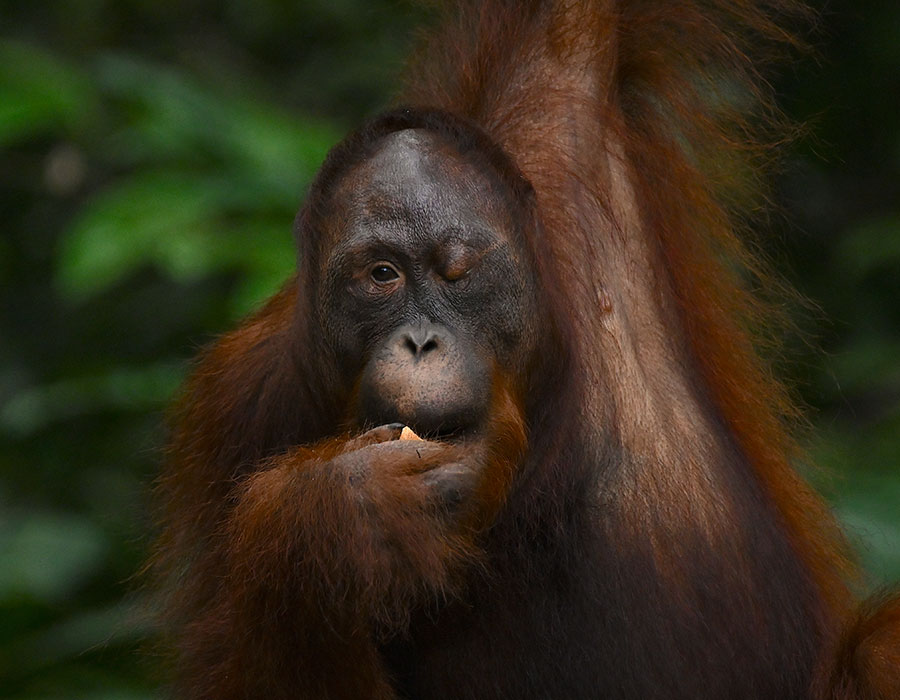
“Like so many people around the world, I was reading the headlines … about what was happening to the environment, to the rainforest, and to the orangutans,” he says in Through the Looking Glass, a documentary film he wrote and directed in September.
Borneo’s forests—home to more than 15,000 known species of flowering plants, 3,000 species of trees, 200 species of terrestrial mammals, and 400 species of birds—are thought to be 130 million years old. That’s twice the estimated age of the Amazon, Davidson notes, and yet “in the span of only 50 to 100 years,” those forests have been reduced by more than 50%, critically endangering orangutans, threatening Bornean elephants, and leaving other species vulnerable to extinction.
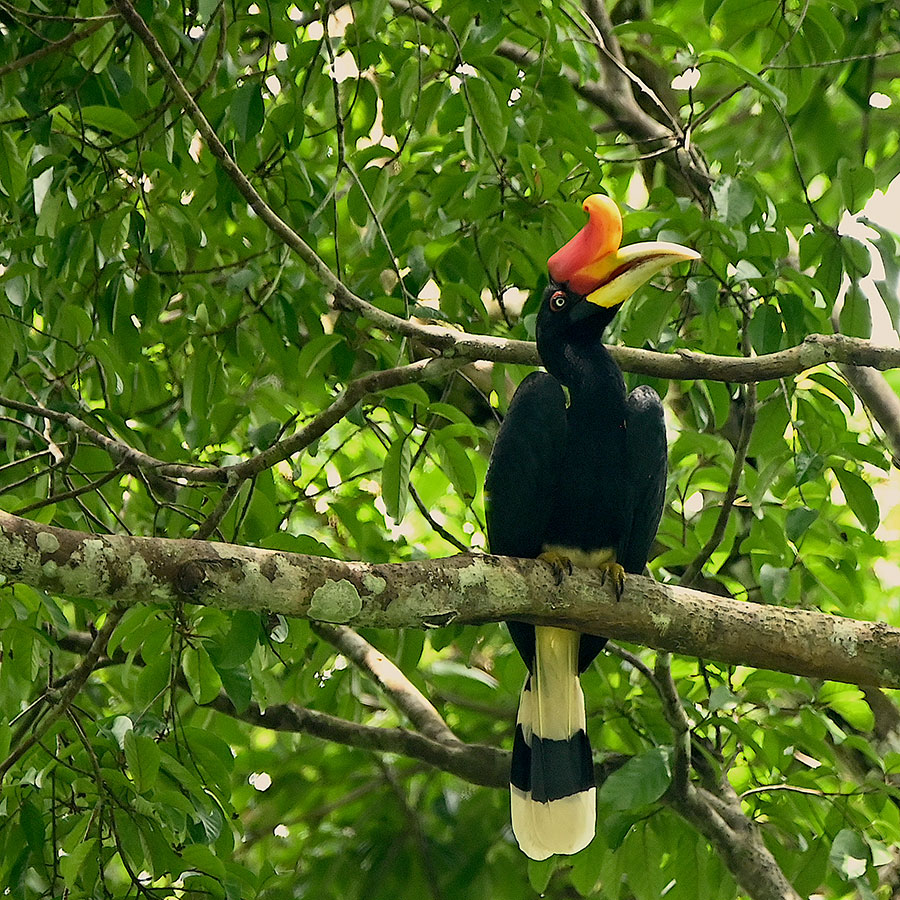
“One of the primary drivers for this deforestation is the palm oil industry,” he says. “Rainforests are clear-cut, all the layers of biodiversity are removed, and palm oil trees are planted. It provides a whole host of products that we like to use, we like to eat,” from shampoo and cosmetics to cookies and ice cream.
By making the documentary—which features photos, video vignettes, and forest sounds recorded on location—Davidson has added his voice to what he calls “a growing chorus” of people raising awareness of the effects of deforestation and human-caused climate change.
“We have a responsibility in how we consume, in how we live our lives,” he says, “that translates to what happens thousands of miles away.”
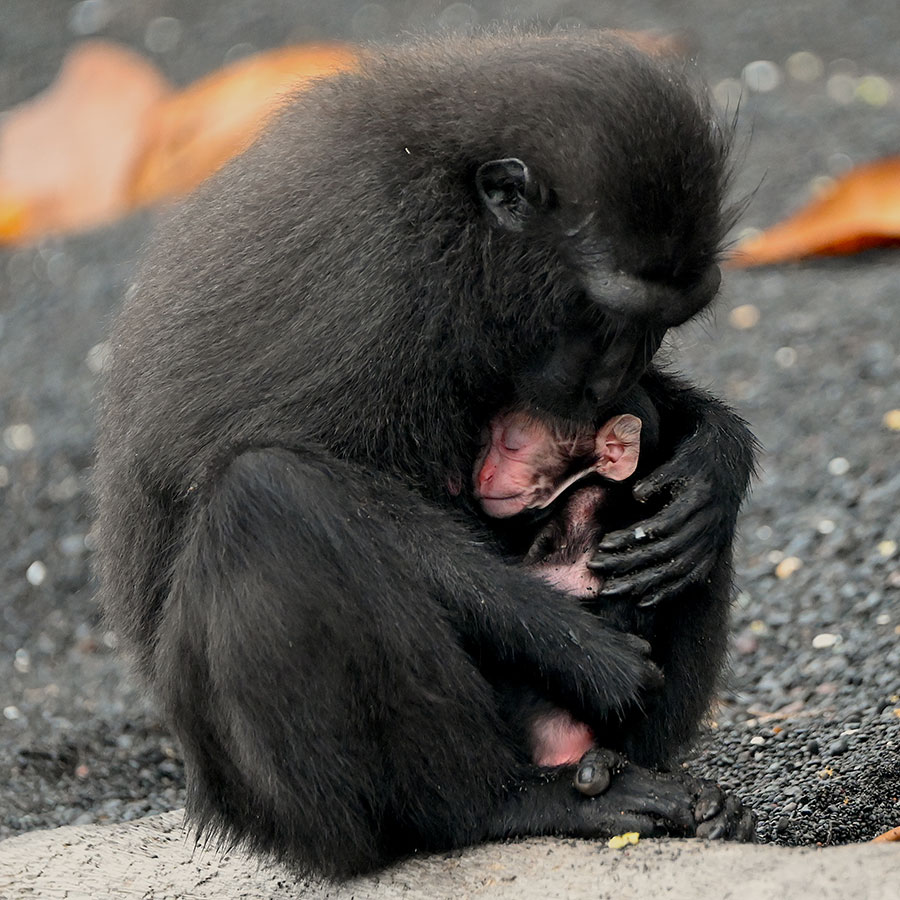
Honoring the Legacy of a Jesuit Brother
Growing up in New York during the 1970s and ’80s, Davidson says his earliest impressions of Southeast Asia as a boy were shaped by one-sided depictions in what was then mainstream entertainment. Reruns of films such as King Kong (1933), for example, with its fictional Skull Island, “didn’t do a great service to the image of Indigenous peoples,” he notes.
As a Fordham undergraduate, however, Davidson met a Jesuit who helped him develop a broader perspective on a distant corner of the world.
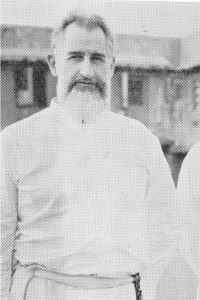
John J. Walter, S.J., had spent decades on Chuuk (formerly Truk), one of the Federated States of Micronesia. Beginning in the late 1940s, Brother Walter worked alongside the Indigenous islanders there to build Catholic churches and schools, including Xavier High School, which opened in 1952. A 1961 article in The Monitor, the official paper of the Archdiocese of San Francisco, described him as a “bearded Jesuit from upstate New York,” a skilled carpenter, handy with “hammer, saw, and T-square,” and a musician who played guitar and accordion.
“When I met him in 1992, I was a junior at Rose Hill,” Davidson says, “and it was by chance that I was assigned to him as the elder Jesuit to visit” as a volunteer at Murray-Weigel Hall, the Jesuits’ health care community in the Bronx.
“He had had at least one stroke that left him in a wheelchair, unable to speak words or sentences, but he had photo albums meticulously organized with typed captions for each photo through the years,” Davidson recalls. “This was how he introduced himself to me, and his inner personality and energy … shined through.”
Last summer, as Davidson planned to document his experiences in Southeast Asia, he recalled the work of his friend Brother Walter, who died in 1995, and he wanted to develop a project to honor the Jesuit’s legacy of service. “He was a pretty incredible person,” Davidson says.
‘The Greatest Gift’
Davidson arrived on the Indonesian island of Komodo on August 3 after a nearly 40-hour journey. For the next four weeks, every day was “filled with traveling, trekking, or exploring of some kind” from 5 a.m. to 8 p.m., he wrote in the preface to the collection of photos he published in September. He spent the majority of his waking and sleeping hours “deep in rainforests alone with a guide,” he wrote, “immersed in vines, branches, climbing up and down hills shrouded in dense foliage, over fallen trees and boulders, rushing streams, into mangroves, along remote beaches, amid extreme humidity, relentless heat and capricious rainstorms.”
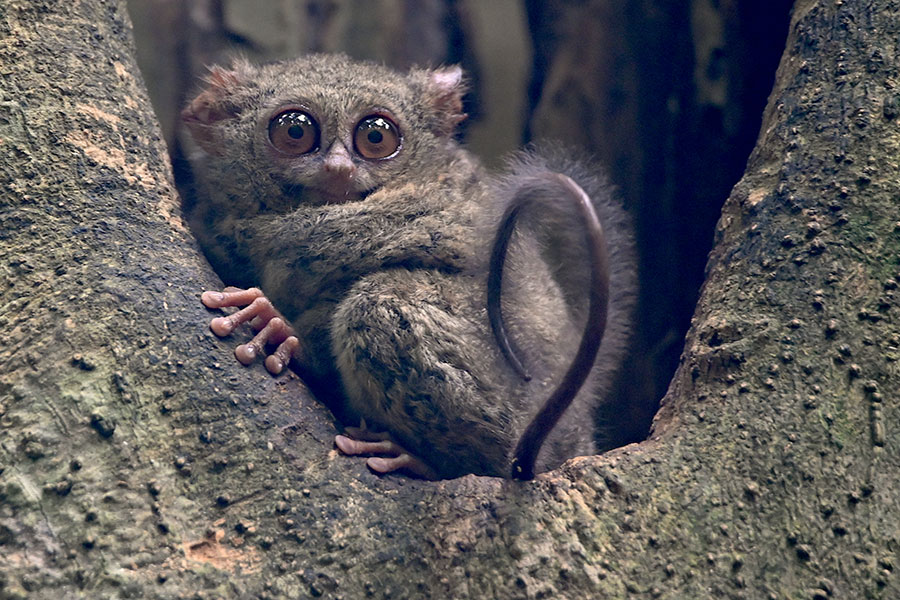
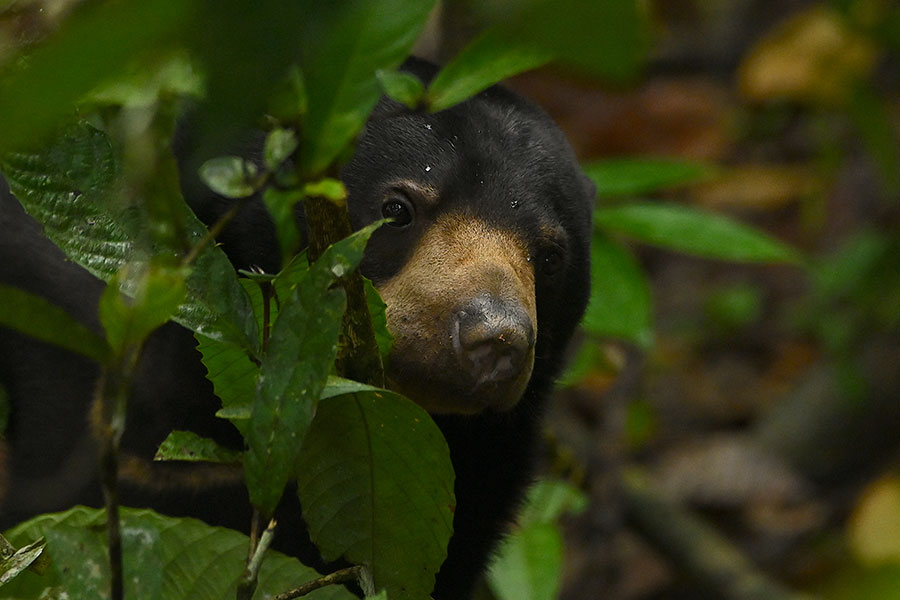
In the book and documentary film that Davidson produced, he pays tribute to the people he met “who took care of me, who looked after me, who guided me, who were absolutely gracious hosts,” including a woman who let him and his guide take shelter under the roof of her house during a storm. “I think that’s probably the greatest takeaway, the greatest gift I have from this trip,” he says in the film.
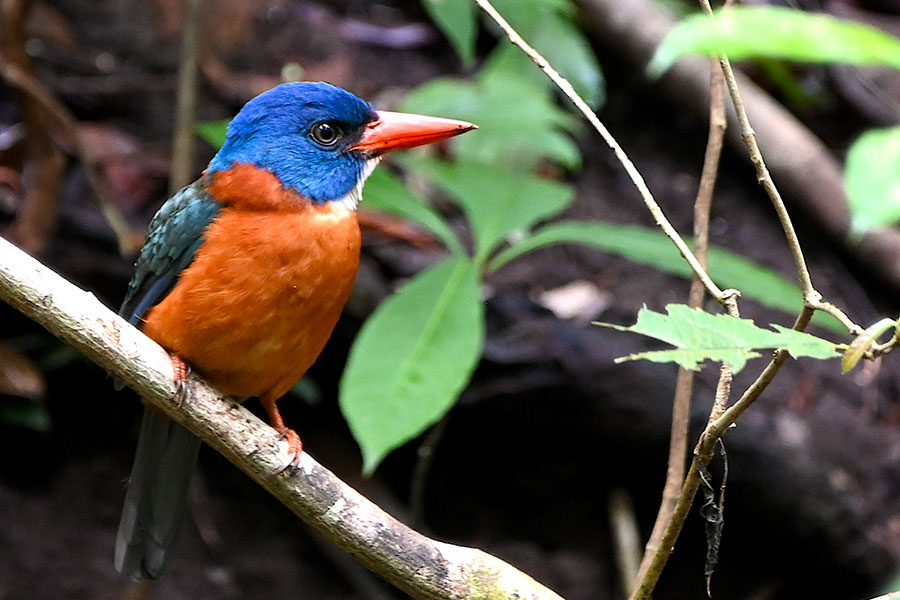
‘Through the Looking Glass’
Davidson adopted the title of his film from the novel Lewis Carroll wrote as a follow-up to Alice’s Adventures in Wonderland. In Carroll’s Through the Looking-Glass, young Alice goes through a mirror to find a world where everything, including logic, is reversed. For Davidson, the title is a call to reverse the logic of unrestrained growth that fueled the past two centuries.
“Perhaps in the 19th and 20th centuries, progress was clearing land to build buildings, homes, to support a burgeoning population,” he says. “Maybe in the 21st century, progress is not that, but it’s about how we restore green spaces that were overdeveloped.” He adds that amid “a crescendo of climate change globally,” it’s time to “gaze through the looking glass at the world we will leave for future generations and bravely acknowledge the many aspects of our lives we need to reverse now to truly make the progress necessary to save that which will survive tomorrow.”
Watch the film:


